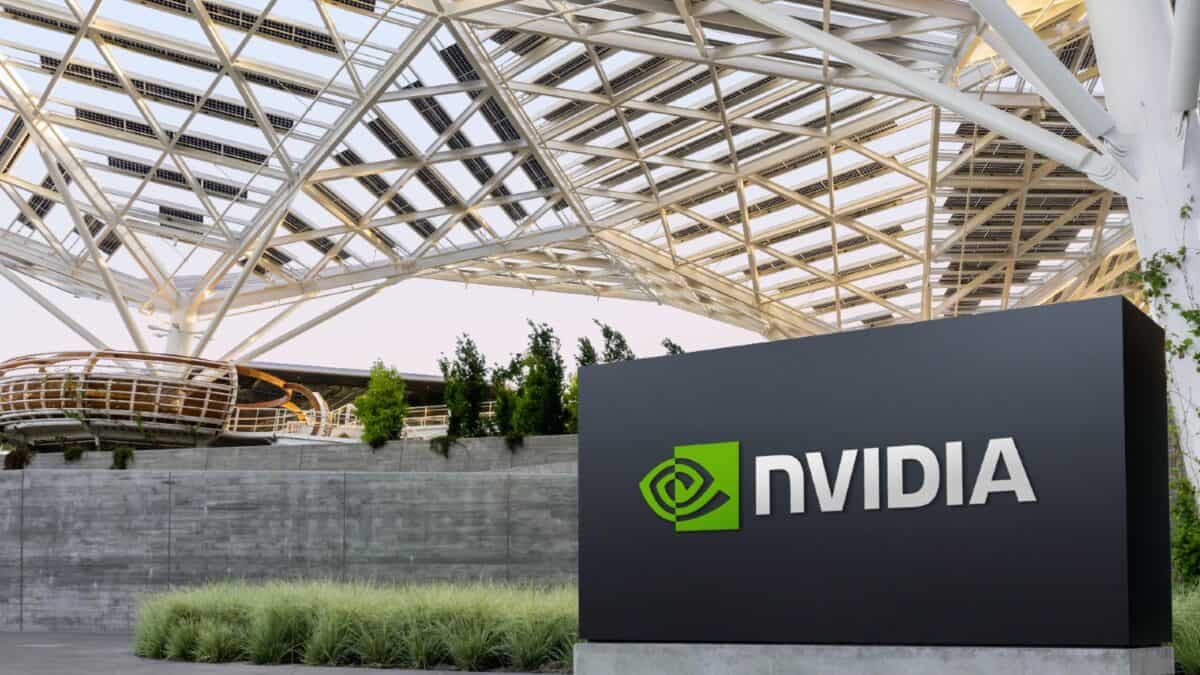Image source: Getty Images
I’m looking for a bargain. So can retailer Currys (LSE: CURY) sort me out with more than just a cheap telly. The Currys share price has fallen 47% in the past year and trades for pennies.
Is it a possible bargain for my portfolio?
Challenging times
The long-term decline in the share price suggests that investors have been reconsidering prospects for the firm. But Thursday morning saw some more immediate bad news when Currys published its interim results.
Revenue fell 7% compared to the prior year. Last year, the company had reported a £42m profit after tax. On revenues of £4.8bn, that means that it had a wafer-thin profit margin of under 1%. This time around, things were even worse as the company crashed to a £560m loss after tax.
In fairness, that headline figure is not quite as bad as it looks. Some £511m of it is a non-cash writedown of the value of goodwill put on the balance sheet back in 2014 when Dixons merged with Carphone Warehouse.
Nonetheless, although the loss was largely driven by a non-cash accounting item, I still see it as bad news. Writing down that much goodwill suggests the company has been unable to capture the benefits of the 2014 merger to the extent it originally hoped for. Even excluding the impairment, Currys would still have reported a loss. Clearly the company faces a competitive environment that continues to challenge its business model.
Dividend outlook
As the share price has slid, its dividend yield has increased. At the moment, it stands at 5.6%, which I would regard as attractive for my portfolio. The interim dividend was held flat at 1p per share so for now, the prospective yield remains the same.
But can Currys sustain its dividend in the future? The amount it spends on the payout is actually pretty small. The latest dividend will cost it £24m. That is less than it put into funding its pension obligations during the period. On the other hand, even though the dividend does not cost Currys much, the business is not in great shape. The company lost money during the first half. It saw a net cash outflow of £86m.
Holding the dividend flat instead of increasing it is not a sign of confidence in the business performance. If things do not turn around and Currys continues to perform weakly, I have doubts about whether it will be able to sustain the dividend over the long term.
Where next for the share price?
After being beaten down, the Currys share price may look cheap. After all, the firm’s market capitalisation is now under £700m. It benefits from well-known brands and customer awareness. Although the interim results showed a loss, Currys was profitable last year.
However, it has not been consistently profitable in recent years. When it has made money, its margins have been thin. That points to a very competitive marketplace for electronics and white goods, something I do not expect to change. So, I will not be adding Currys to my portfolio.
Credit: Source link





![Just released: our 3 top income-focused stocks to buy in January [PREMIUM PICKS]](https://www.fool.co.uk/wp-content/uploads/2023/04/Three-fingers-1200x675.jpg)







